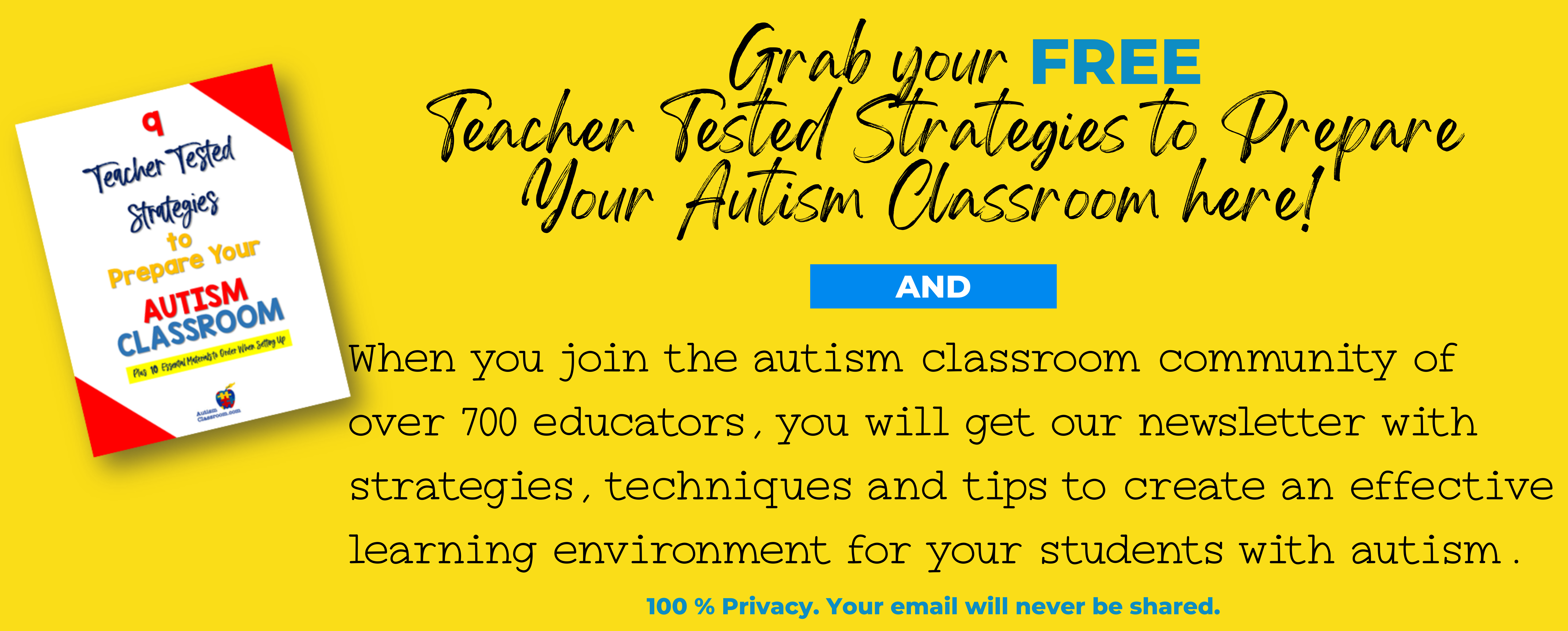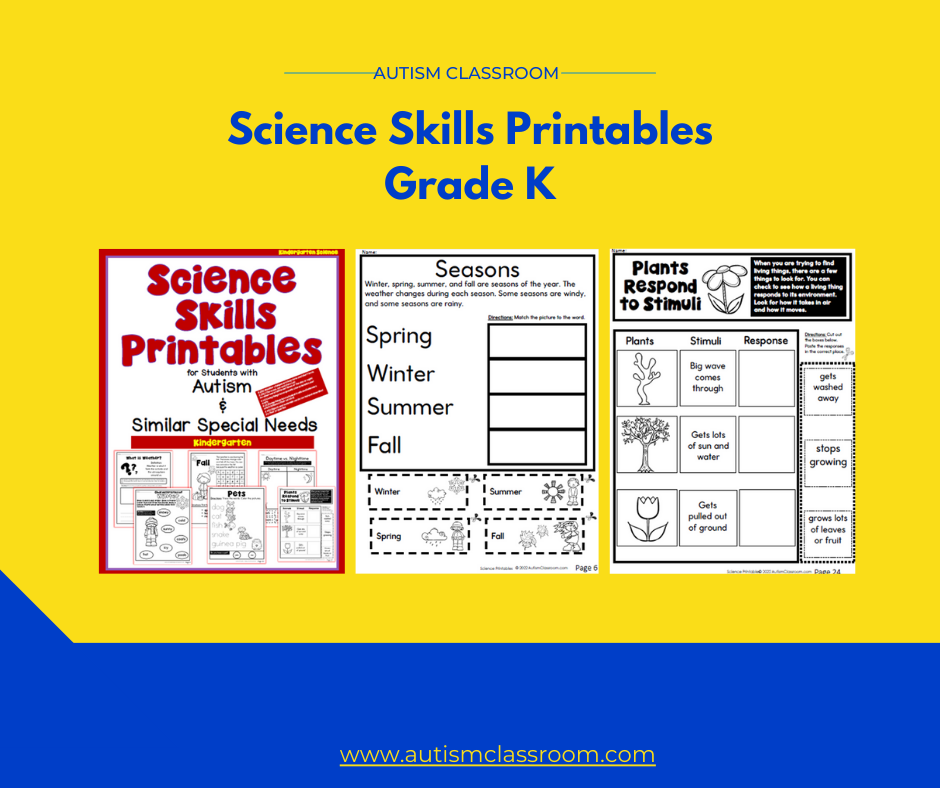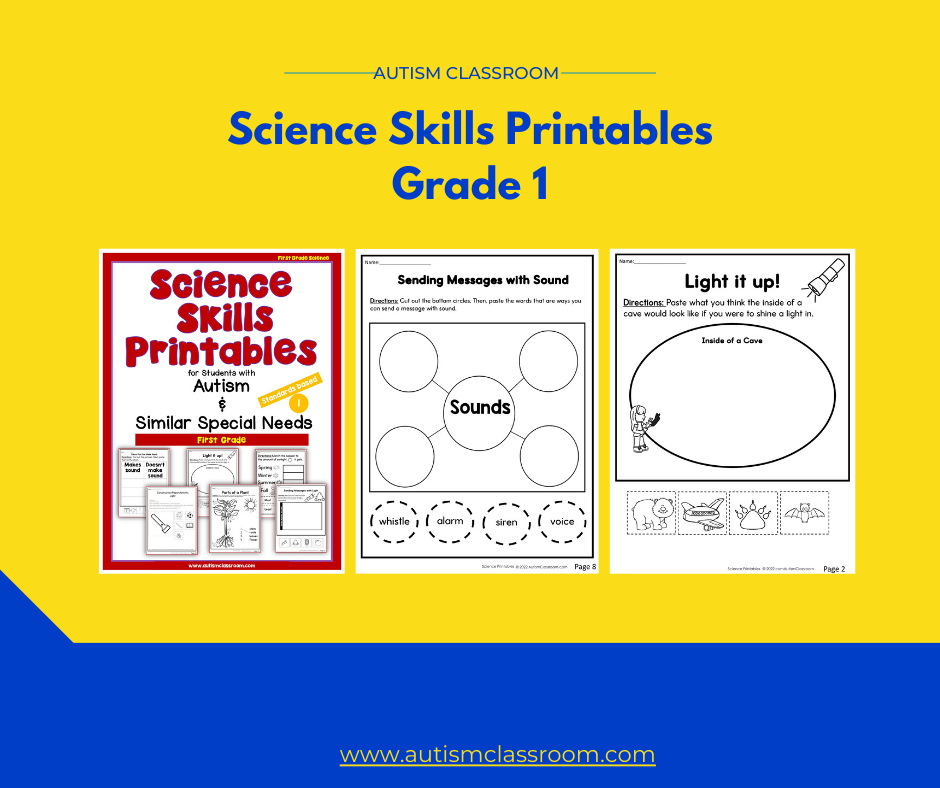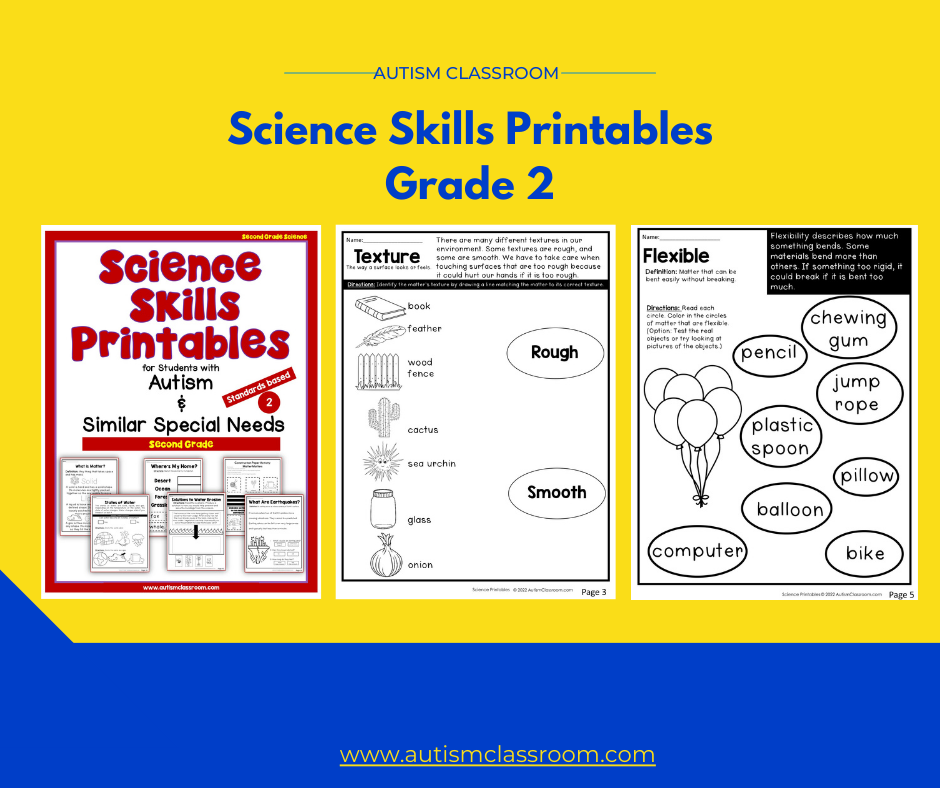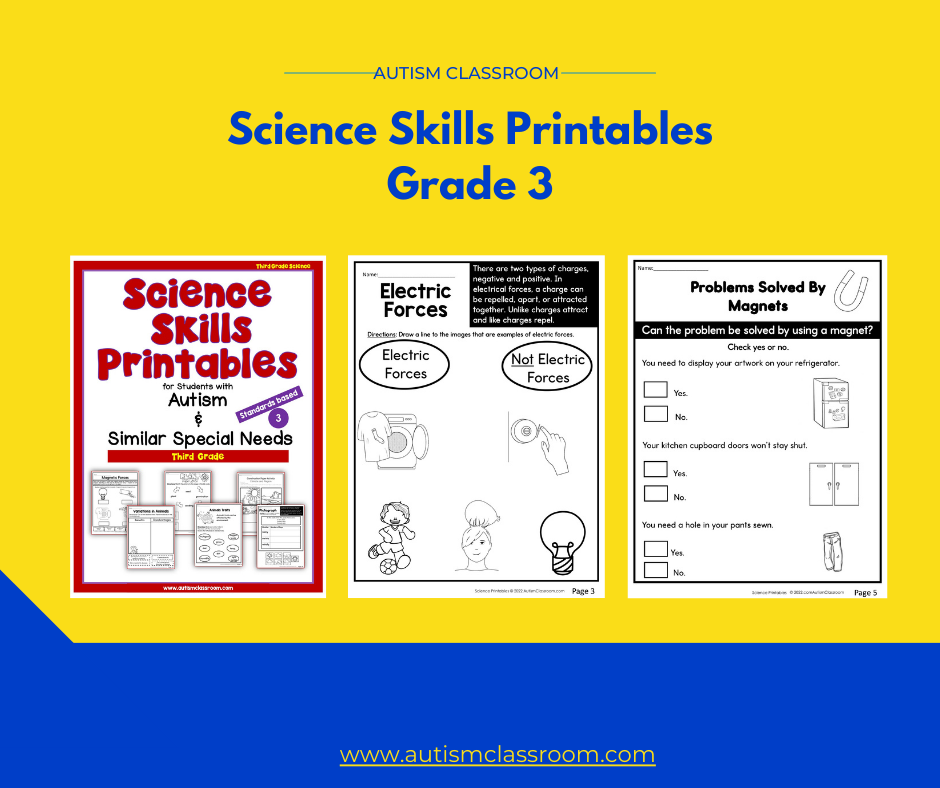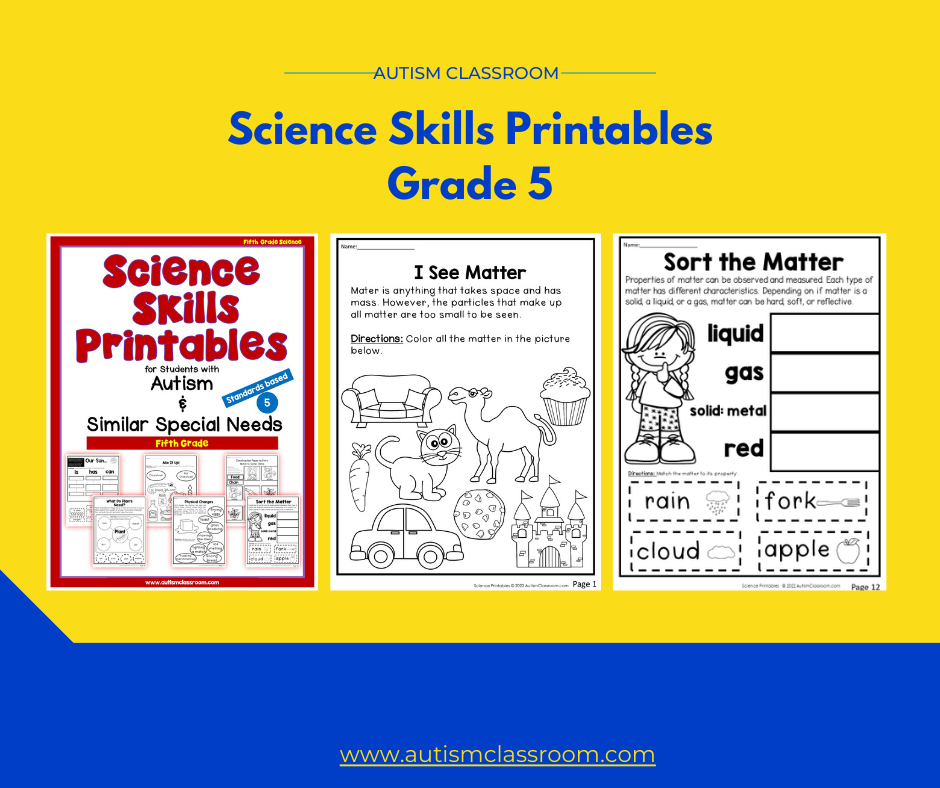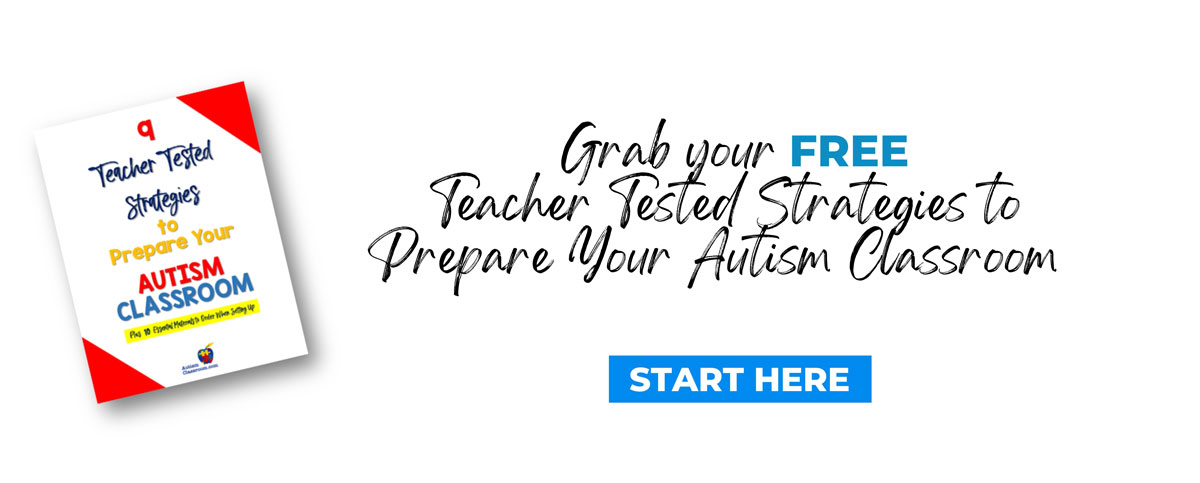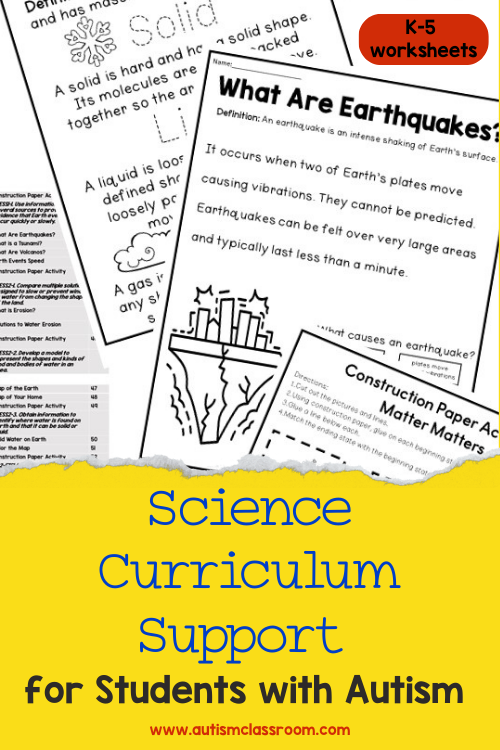
Finding Resources Is Hard
You’re given a curriculum to follow, but what’s next? If you’re anything like I was, finding good resources is hard, and finding GREAT resources is nearly impossible! Maybe you are never sure where to look, what to search for, or if you’ve actually found something that will work.
I don’t know about you, but I was STRUGGLING when it came to adapting my given set of science curriculum for my students. Who actually thinks that one set of standards and curriculum is going to work for a class full of students with different ability levels, needs, personalities, behaviors, learning styles, and the list goes on…
Not only was it difficult trying to figure out how and when to teach the standards to my students, but on top of that, I had to make SO. MANY. MODIFICATIONS.
What if I told you that I have your solution?
Finding Appropriate Resources Is Even Harder…
How do you know when you have found an appropriate resource to supplement your lesson or curriculum? There is tons and tons of content out there that may seem like it will meet your student's needs, but again, it is so difficult to know if it is the right and most appropriate resource. Some qualities to look for when ensuring that a resource is appropriate are:
- It will have clear and direct instructions
- It engages hands-on learning
- Your students can interact with the materials (pointing, cutting, etc.)
- It will build onto skills that your students are developing
And Then There is Science Instruction
Science concepts can tend to be tricky. I believe that even during science lessons, students with special needs can be building the skills of matching, building vocabulary, identifying, following directions, and learning to complete educational tasks. That is the thinking behind the Science Skills Printables for Students with Autism.
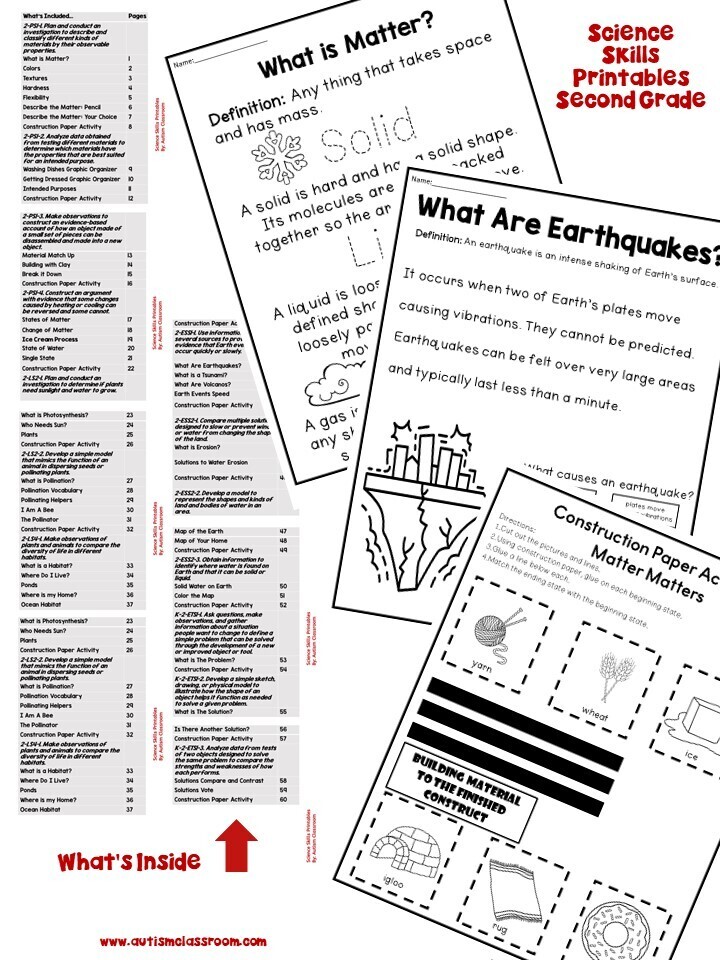
You know, when it comes to modifying and finding more resources for your students, it's like navigating a maze blindfolded - confusing and frustrating! But thank goodness for these Science Printables, they're like a breath of fresh air! They're ready-to-go, super adaptable, and they save us from all the headaches, making our teaching lives wayyy easier!
Made for Grades K-5
I have created a pack of printables for each grade to go along with science standards in an adpated manner. The printables come with a table of contents so you will easily be able to find which standard you will be teaching, as well as the topic that is covered. See… I told you they were easy to use!
The Science Skills Printables are specifically designed for students with developmental delays who are learning about science.They will also work well for very young students in primary grades still learning to develop science skills. The set of printables can supplement a science curriculum for students with developmental delays or they can be used as daily science discussion starters. Included in the packet are science-related worksheets that require variations in response styles for many answers. Some examples include matching, cutting, circling, pasting, and pointing. The worksheets are aligned with science standards, but the task requirements are adapted. They are available for grades kindergarten, 1st, 2nd, 3rd, 4th and 5th grade. You can also purchase them as a bundle here.
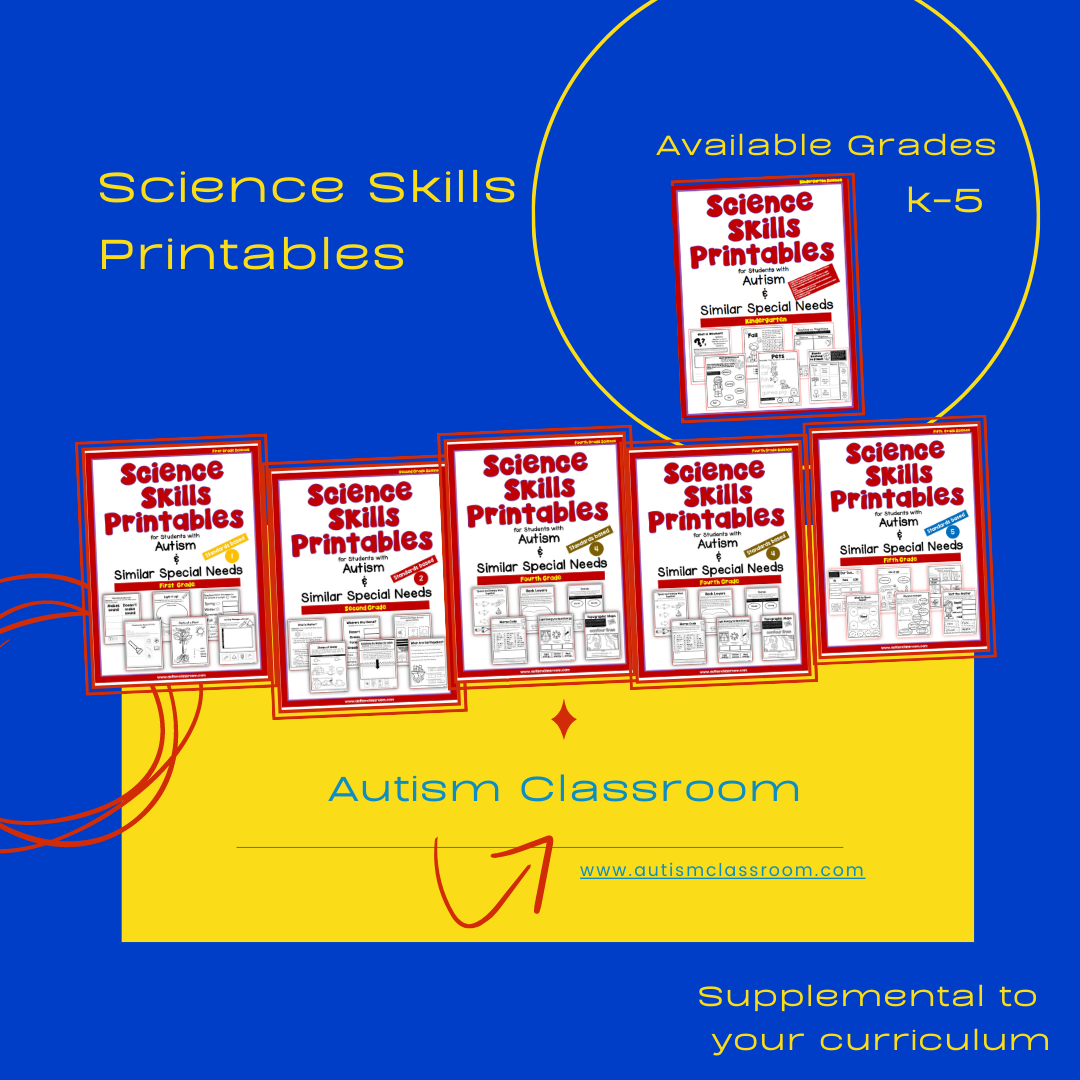
The printables also include some easy-to-follow “construction paper activities” where work is taken off the worksheet and moved to a hands-on, construction paper project of either coloring, cutting, pasting, or matching. These are projects that can be hung on the wall, bulletin board, or sent home for others to see your student’s great work in the areas of science. I have no doubt that the fun experiments and “construction paper activities” will become a hit in your classroom! And it is always nice that students will be able to utilize fine motor skills by cutting, pasting, tracing, and much more during the science lessons… you know, the skills they really need.
Science Curriculum Supplement Worksheets in Detail
The kindergarten set includes 5 various science standards including topics such as weather changes, the sun, moon, stars, living things, and sorting objects and materials.
The 1st grade set includes 12 various science standards including topics such as light, sound, animals, sun, moon, stars, and problem-solving.
The 2nd grade set includes 14 various science standards including topics such as matter, temperature, plants, pollination, habitats, earth events, erosion, water on earth, and problems and solutions.
The 3rd grade set includes 18 various science standards including topics such as forces, magnets, plants, animals, fossils, ecosystems, environmental changes, weather, graphs, problems, and solutions.
The 4th grade set includes 14 various sciences standards including topics such as matter, temperature, plants, pollination, habitats, earth events, erosion, water on earth, and problems and solutions.
The 5th grade set includes 15 various standards and includes topics such as matter, measurements, mixtures, gravity, energy, plants, food chains, sun, stars, seasons, different spheres, water, Earth’s resources, problems, and solutions.
Various Ways to Incorporate Science Printables Into Learning
There are some ways to prepare students to use these printables to get the most out of your science lessons. Consider providing a quick 4-5 minute warm-up to give them some background knowledge of the subjects. Here are some other ideas for the printables:
- Use these additional resources as additives to your already planned lessons to elevate them
- Send home as homework for extra practice
- Create your own routine for the science time slot
- Show a short video before the worksheets
- Show some images of the topic before diving into the worksheet
- Find some books with images and show 3-4 images for background knowledge
- Intertwine the school provided textbook for the images only to showcase the point in the worksheet before completing it.
- Use books with real images to provide a visual and have students point to the specific topics or ideas
- Read a book first
- Get hands-on and show the concept before the worksheets
Ways to Adapt Printables For Various Types Of Learners
With these printables designed specifically for students with autism in mind, they are effortless to adapt even further. If there are sections that are too difficult for students or too easy, switch them up and alter to meet their needs! Some ideas are:
- Use a bingo dauber
- Use a marker
- Use Wikki Stix for circling on a few pages
- Allow pointing
- Gather ahead of time and add your own picture cards for students to point to answers.
- Use a voice output device with the answer choices for students to tap the answer.
Finding Resources Got a Little Easier
Although finding GREAT resources for students with intensive needs is nearly impossible, it is not all the way impossible. I hope this set of resources can help reduce some struggle for you as you teacher your science curriculum!
Need more resources!
Get emails that give you practical and useful advice.
Click the yellow box below to sign up.